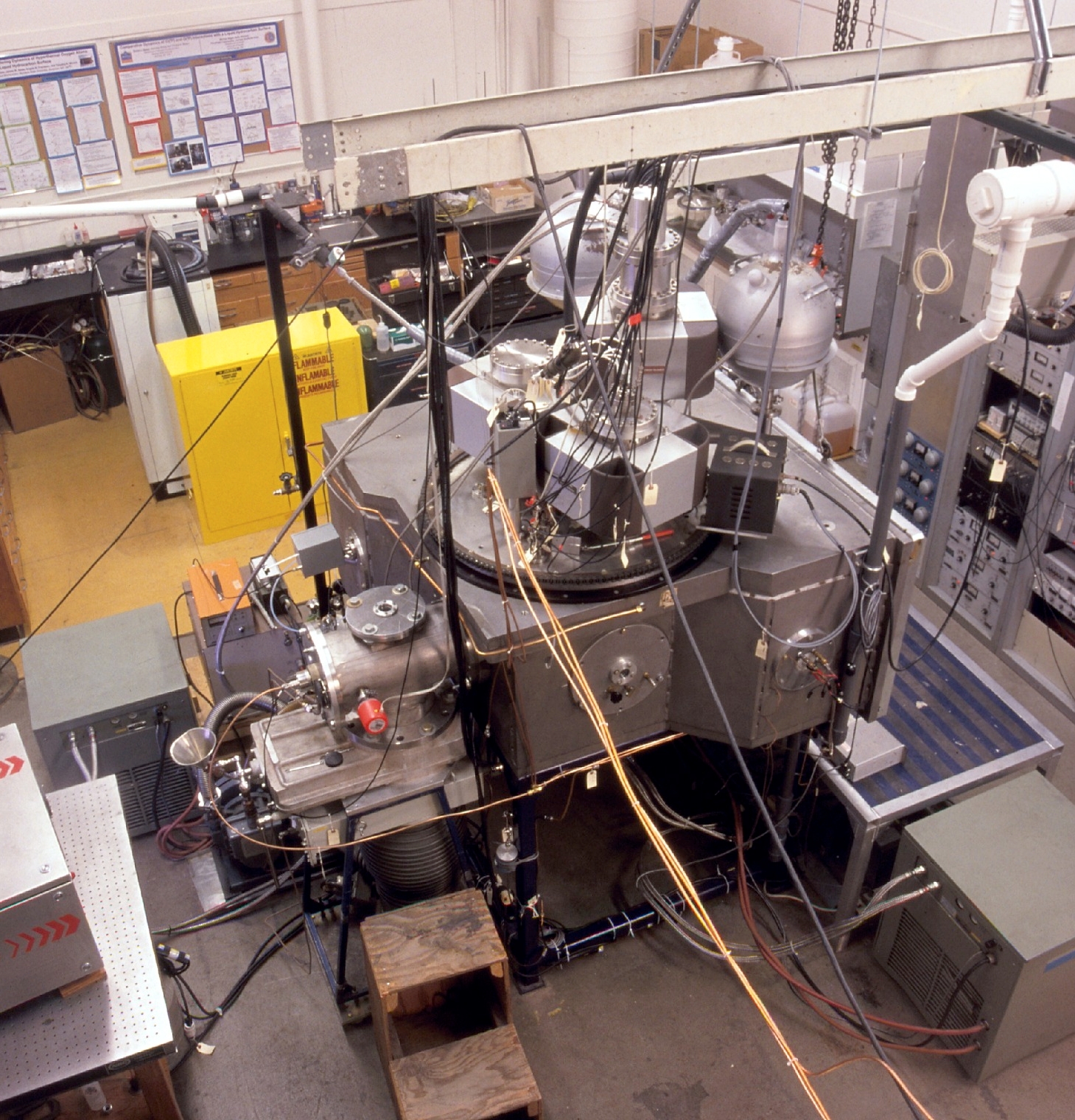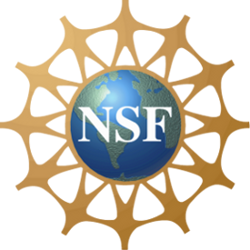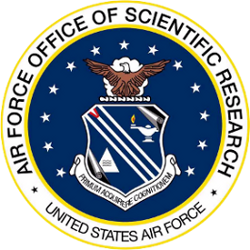Research
Core Expertise

Crossed-beams and beam-surface scattering studies of energy transfer and reaction dynamics at hyperthermal energies, with applications to materials and low-Earth-orbit chemistry.
The Minton Lab is known for its research on reaction dynamics involving hyperthermal atomic beams, particularly as they relate to issues of space vehicle interactions with Earth’s outer atmosphere. A variety of hyperthermal, supersonic, and effusive beams are routinely produced. Seminal data have been collected on hyperthermal reactions of O(3P) with carbon, hydrocarbon, fluorocarbon, and ionic liquid surfaces and with H2, N2, CH4, C2H6, C2H2, HCl, CO, and CO2. The data have revealed many previously unknown reaction pathways. The experiments, in synergy with theory, have shown that hyperthermal reactions often circumvent the minimum energy path. The reactive systems under current study have been chosen for their relevance to rocket plume chemistry, spacecraft materials durability, materials growth, potentially important non-equilibrium chemistry, and catalytic process on iron-sulfur surfaces in the prebiotic world.

Our rotatable mass spectrometer.

High voltage electronics for our ion detection system.

Plasma resulting from laser detonation.
Current Projects
- Probing ionic liquid surface structure using experiment and theory
- High temperature oxidation of Highly Ordered Pyrolytic Graphite (HOPG) by atomic oxygen
- Crossed molecular beam studies
- Spacecraft heat shield degradation
- Hypergolic propellent reaction products: nitric acid and ionic liquids
Sponsors
Funding for research in the Minton lab is currently provided by grants from the National Science Foundation (NSF), the National Aeronautics and Space Administration (NASA), and the U.S. Air Force Office of Scientific Research (AFOSR). Follow this link to learn more about our AFOSR Multidisciplinary University Research Initiative (MURI) grant.




